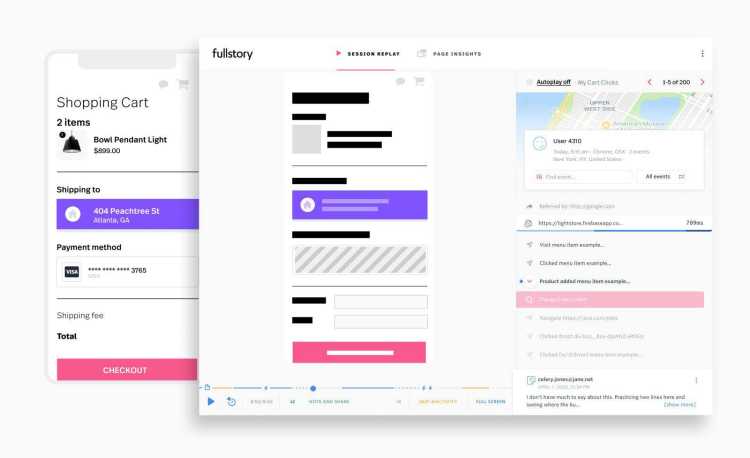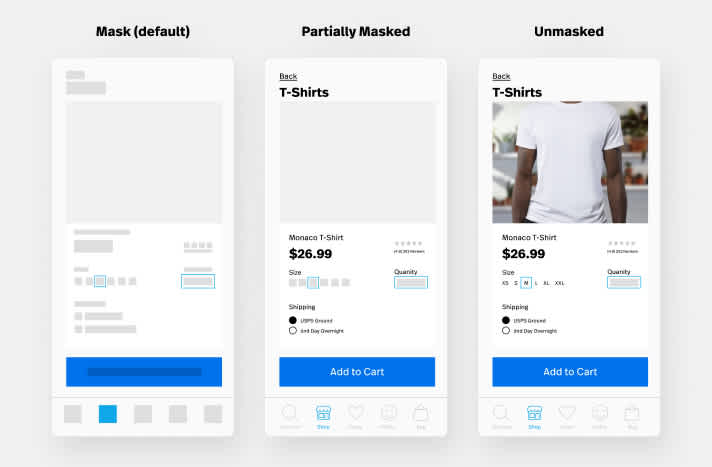Now more than ever, massive volumes of data are logged by apps, ecommerce sites, social media platforms, SaaS tools, and others. In return, users and customers expect seamless, engaging digital experiences, all of which require data in order to bring great experiences to life.
However, those users and customers also expect businesses to be responsible with their data.
This creates a delicate balance that modern, forward-thinking brands must address: how can teams create engaging digital experiences while being good custodians of sensitive information?
In a recent article, Forbes pinpointed this same balance:
“To give the best experiences, data is required. However, are we being thoughtful about all of the data that we need to collect? Orgs will need to find new sources of data and determine how to collect and manage all of it in an open and honest manner that will enable the same level of customer experience. It won’t be an easy undertaking, but it will be critical for success.”
Essentially, Fullstory’s Digital Experience Intelligence (DXI) platform helps companies walk the line between user experience improvement and privacy—with total confidence. And there are three major ways that Fullstory puts privacy front and center.
1. Tailored privacy for your needs
Every organization has private data that is accessible to some employees, inaccessible to others, and the rest likely don’t know it exists at all. Fullstory approaches privacy in the same granular way.
Fullstory’s DXI solution presents and encourages mindful privacy practices to users. Privacy settings are simple to find, understand, and update, while clear and thorough privacy practices are included at launch.
For example, Fullstory’s platform proactively educates new users on the varying levels of privacy controls as a part of onboarding, and motivates them to be intentional about these critical decisions before they’re invited to install the Fullstory snippet on their site.
Getting alignment on the data your organization wants to capture, and to what extent, is the first step in your privacy setup. Each decision in this process is opt-in vs. opt-out—meaning Fullstory only exclusively autocaptures what teams explicitly want.
With that in mind, data capture in Fullstory becomes a two-part process. Once teams know what data to capture (text, console data, network traffic, IP addresses, etc.) and where to capture it (which domains, from which geographic regions, etc.), data exclusion is the second step.
At a high-level, excluded and masked elements never leave your users’ browsers or mobile apps, or touch Fullstory’s servers. They’re processed locally in your user’s browser, then are completely left out—not just hidden—when changes to the DOM structure are sent to Fullstory’s servers.
Unmasked elements prompt Fullstory to capture all text, images, and user interactions, and should only apply to elements with no sensitive data. Once element recording decisions are made, users can continue to update recording rules throughout their customer lifecycle.
With these nuances, it’s critical for new users to consider these privacy methods before any data is captured. Rather than setting you off on an unknown path, fearful of making a security blunder, Fullstory arms you with the tools to choose the right privacy settings for your organization from day one, providing total peace of mind.
2. Targeted data collection skips over unnecessary data
As mentioned before, exceeding customer expectations of digital experience requires data. But it’s essential to be mindful of the data your organization captures and how that data is managed. If capturing certain customer data isn’t central to your business, logging it can be more of a risk than reward.
Fullstory’s DXI solution is built with precise data capture in mind. With a Private-by-Default approach, teams have the power to precisely control their digital experience data. This ensures no unnecessary or sensitive data is ever gathered, now or in the future. Fullstory only collects information you specifically include, rather than skipping over data points you’ve opted to exclude.
This reduces risk with every product deployment, avoids capturing text at the source, enables precise unmasking, keeps excluded elements omitted, and includes robust masking functionality for mobile apps.
3. We’re on the constant pursuit of privacy
Privacy isn’t a “set it and forget it” practice for your company. And it’s not for us, either.
We encourage our users to constantly seek improvements and evaluations of privacy standards, and we do the same.
Fullstory frequently releases new privacy features to its DXI platform, encourages customers to update their privacy settings, and makes it clear, and secure to do so. With the addition of Form Privacy, both new and existing users alike can proactively protect potentially sensitive data and prevent it from being logged when entered into form elements on your site, as a less-restrictive alternative to enabling Private-by-Default.
Fullstory’s platform also offers the same level of privacy education and control to existing accounts as new users. The combination of new privacy features, fresh privacy-centric educational resources, and intuitive and convenient privacy tools encourages admin users to update and add to privacy settings with ease and confidence, making digital privacy feel like a superpower, not a chore.
Fullstory’s DXI platform goes beyond the norm of privacy practices, operating under the core principle of data minimization: only collect what is relevant, adequate, and absolutely necessary for carrying out the purpose of perfecting digital experiences.
If you’re ready to elevate your digital experience privacy practices, we’re here to help.
Ready to personalize your digital customer experience with Fullstory?
Request a demo or try a limited version of Fullstory for free.





